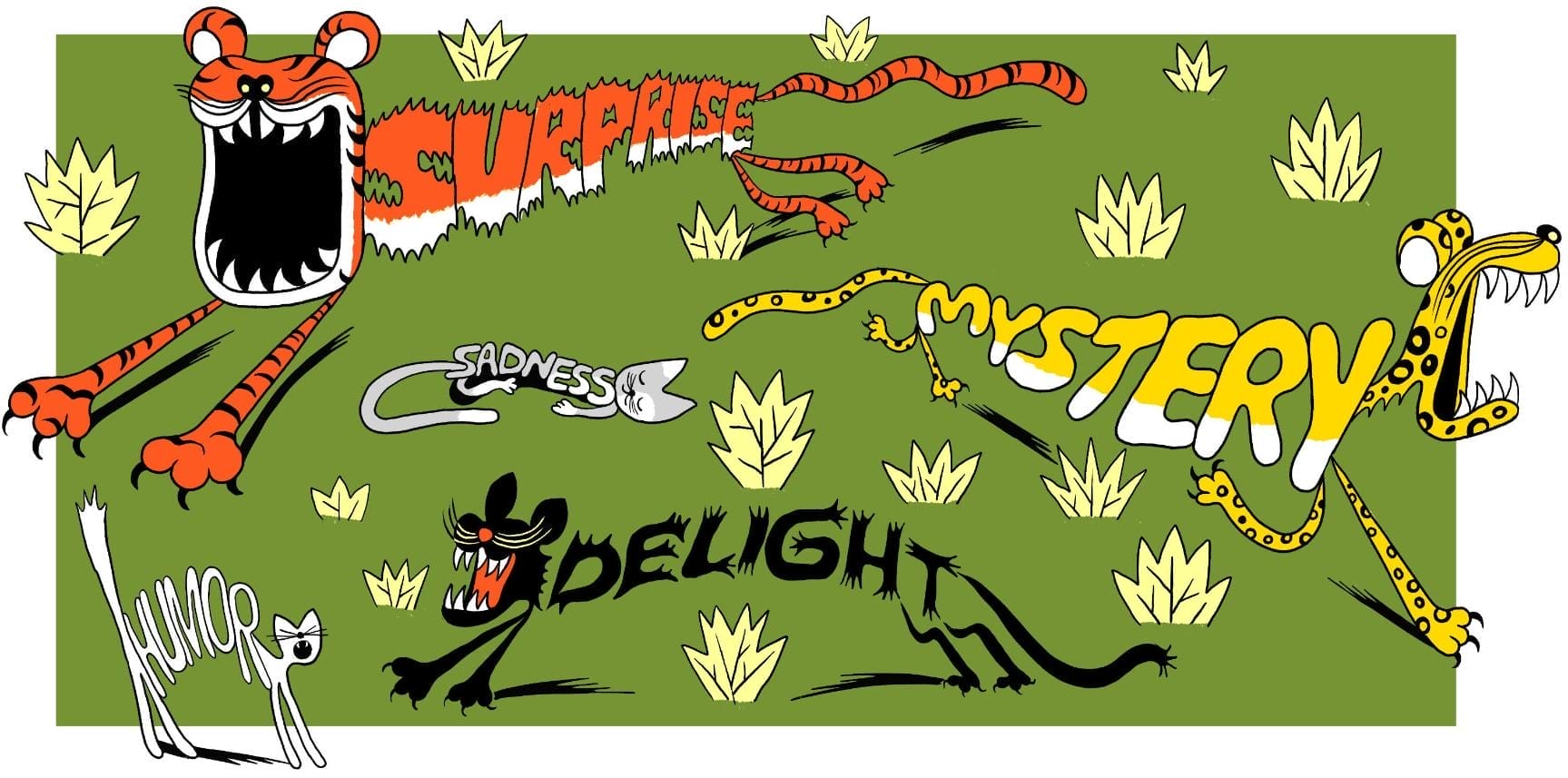The volume of content in our digital world can be overwhelming. No matter the audience you’re trying to reach, says associate marketing professor Jonah Berger, “Getting and holding attention is the key to success.” He shared the findings from his recent study “What Holds Attention? Linguistic Drivers of Engagement,” co-authored with Emory University’s David Schweidel and the University of Maryland’s Wendy Moe, with Angie Basiouny on the Knowledge at Wharton podcast.
Knowledge at Wharton: This paper talks about something you call “processing ease,” which is simply the amount of cognitive work it takes to read something. How does that relate to creating content that draws attention?
Jonah Berger: We analyzed tens of thousands of pieces of content from a variety of different websites and news providers — everything from newspapers to blog sites and everything from front-page news and politics to financial news and technology. And we analyzed what leads to longer reads, or why some content leads people to keep reading more than others.
Think about the last time you read something online. Sometimes we read the whole thing. Sometimes we read only a couple sentences before we stop and go on to doing something else. What about the way the content is written holds your attention?
We were interested in what keeps people engaged, not just what leads them to open something. In analyzing these pieces of content, we wondered whether certain ways of writing, of architecting content, would hold people’s attention. We found two key buckets had a big impact. The first was something called processing ease, and the second relates to emotion.
The simplest way to think about processing ease is how easy it is to consume the content. Sometimes we’re reading something and it just flows. Other times, staying engaged is more difficult. Even if we’re interested in the topic, we can’t seem to slog through it, just because it feels like a lot of work. What we don’t realize is that effort depends on the content itself. It’s not just feeling; the writing is creating that feeling.
Using more familiar words, for example, makes content easier to process. Take something really simple, like the word “car” versus “automobile.” Both are words we know, but “car” is something we hear a lot more often than “automobile.” It’s just a more familiar word, and that familiarity makes it easier to process.
Similarly, linguistic concreteness also makes things easier to read. Imagine I said something is happening “soon” versus something is happening “tomorrow.” “Tomorrow” is a much more concrete, specific word. Concreteness often relates to whether we can form a mental image of something, so there are ways of writing to make things more concrete.
Even something as simple as syntax — sometimes you’ll read something, and there’s one type of structure in one sentence and a different type of structure in the next sentence. That makes it more difficult to move through the content. Everything from the words we use to the structure we use can shape how easy it is to consume the content and how likely people are to keep reading.
KatW: Let’s talk about emotional language. I was surprised to find in your paper that you say when you use language that makes people feel uneasy or uncertain, it actually engages their attention a little bit more.
Berger: While certainty is good in some ways, it’s not so useful when trying to hold attention. Imagine watching a basketball game. If you don’t know the outcome of the game, you’re probably more interested in watching to find out who wins. But if you already know who is going to win, you’re probably less interested in staying tuned. The same thing holds with language more generally. When we use a lot of certainty in our language, people feel like the puzzle is already solved and they don’t need to keep reading. They don’t need to keep paying attention. Whereas if we use a little bit more uncertainty, it’s more like a mystery, or a curiosity gap, so people are more likely to keep consuming the content to figure out what happens.
It depends on what our goals are. If we just want to get across a high-level idea, maybe we put it in the title or the first paragraph, and that’s it. But if we want people to keep consuming a number of ideas to get to the big punch line, we can’t give away that big punch line right away. Certain emotions are more certain than others.
Think about anger versus anxiety, for example. Both feeling angry and feeling anxious are negative feelings, but when we feel angry, we usually know what we’re angry about: “The airline canceled my flight, and I’m pissed off at them.” When we’re anxious, it’s a little bit more of a diffuse state. We’re anxious about whether our flight is going to be canceled, and that uncertainty leads you to pay attention to everything that’s going on. What announcement did the airline make? What is this flight attendant doing? We’re more likely to pay attention to resolve that uncertainty.
The same on the positive side: hope versus excitement. If you’re excited about something, you know what’s going to happen. If you’re hopeful, you want it to happen, but you’re not sure. Subtle differences in how we write content can be more likely to make people feel a little bit more uncertain and lead them to be more likely to pay attention.
KatW: Let’s talk about one more aspect of emotional language that you mention in the paper, and that is arousal. What do you mean by that?
Berger: Arousal basically means how fired up we are. I think a good way to think about this is to imagine you’re going for a walk in the woods, and you see a big snake sliding right across your path. Your pulse quickens; your heart beats faster. You are ready to take action. That’s the idea of physiological arousal.
So, some emotions, like anger and anxiety or excitement or humor, are high-arousal. Other emotions, things like contentment or sadness, are low-arousal. We find that more emotions associated with arousal keep people consuming content, similar to the idea of uncertainty. They’re a little more vigilant. They’re paying attention to figure out what’s going on. And they’re more likely to take action, continuing to consume the content.
KatW: What is the main point that marketers, advertisers, and influencers need to know?
Berger: There’s a really simple but important takeaway here. As communicators, most of us think that holding attention is all about the topic we’re communicating and whether it’s interesting or not. Celebrity gossip and sports scores? Those should hold attention, but environmental news, tax policy, and climate change are just topics that no one is going to pay attention to. So if we’re writing about one of those things, we’re just out of luck. There’s nothing we can do.
But our findings show that holding attention isn’t just about whether the topic is interesting or not. It’s about the words we use to communicate that information. Even controlling for the topic of the articles we analyzed, how they’re written shapes whether they hold attention. The impact of writing style and how we write is just as big as, if not bigger than, the topic.
Published as “Catching Eyes in the Attention Economy” in the Spring/Summer 2024 issue of Wharton Magazine.

























